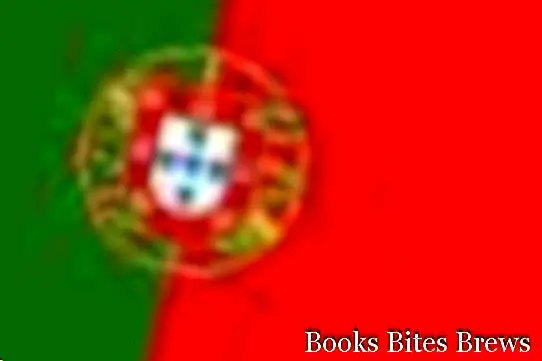Useful information about Portugal, including all the things you need to know to organize a trip or a holiday in the state of the Iberian peninsula, necessary documents, how to get there.
Portugal in a nutshell
- Capital: Lisbon
- Area in sq km: 91,985
- Population: 10,358.OOO (first half 2001)
- Catholic religion
Where is it
Portugal is located in the westernmost part of the Iberian Peninsula and in Europe, bordered by Spain to the north and east, and is bathed in the south and west by the Atlantic Ocean.
The Azores and Madeira islands are also part of Portugal.
The country occupies the western edge of the Spanish meseta, its coasts are in some rocky and high points and in other sandy and low points.
In the northern part of the country the territory is mountainous while towards the south, gentle plateaus alternate with alluvial basins, interrupted only by the Serra de San Mamede and the Algarve chain.
Territory
Portugal is geographically divided into two areas whose separation is ideally marked by the Tagus River.
The northern part of Portugal is largely occupied by the Meseta plateau where the highest altitude is reached by the Serra da Estrela with its 1,991 meters.
The southern part of Portugal, on the other hand, is characterized by a less harsh territory, with some hills that slope down towards Alentejo, which is the largest region in the country, and the Algarve, which extends along the coast.
The Portuguese term Extremadura refers to the part of the flat area of alluvial origin between the Atlantic coast and the southern valley of the Tagus river at the mouth of which the capital Lisbon is located.
Another important river is the Douro, which crosses the city of Porto dividing the old part from the new part of the city where the renowned cellars producing the homonymous fortified wine are located.
Hydrography
The most important river is the Tagus, navigable to the Spanish border. Also noteworthy is the Douro River and the Guadiana which flows in the south of the country.
Recommended readings- Sesimbra (Portugal): what to see in the seaside resort
- Porto Santo (Portugal): what to see on the island
- Algarve (Portugal): what to see in the region
- Cascais (Portugal): what to see
- Braga (Portugal): what to see in the ancient city
However, almost all Portuguese rivers are born on the Spanish meseta and with a path many times irregular flow into the ocean with large estuaries.
Climate
Long hot summers and mild winters are the main feature of Portugal's climate.
In the northern part we have colder winters and copious precipitations while going down towards south the climate becomes gradually less cold and with rarer rains.
Particular is the climate of Madeira and the Azores which, being reached by subtropical currents, is mainly spring all year round.
Population
The population is made up almost exclusively of Portuguese and is mainly concentrated in the northern coastal area.
Time zone
In Portugal compared to Italy, the clock hands must be moved one hour behind. To the island of Madeira and the Azores two hours behind.
Spoken language
The official language is Portuguese.
Economy
The Portuguese economy has developed considerably since it joined the European community.
The agriculture and fisheries sectors have given up part of their space to the services sector regarding trade, transport, telecommunications, financial services.
The contribution made by the construction and energy industry is also important. The contribution given by tourism is growing.
When to go
From April to October Portugal's temperate climate almost always offers good weather. The rainiest months are from November to March.
In the Algarve, in southern Portugal, the high season lasts until late winter.
Necessary documents
In order to enter Portugal, Italian citizens need an identity card valid for travel abroad or a passport. The country is part of the European Union and adheres to the Schengen agreement.
Phone
- To call from Italy to Portugal the number to do is 00351 followed by the prefix without the 0 and the telephone number.
- To call from Portugal to Italy the number is 0039 followed by the desired number. The GSM network covers the whole country, except for some difficulties on the reliefs and in the internal areas.
Electricity
Electricity in Portugal is 220 volts.
Currency
Portugal's official currency is the euro. Credit cards are almost always accepted and it is possible to make ATM withdrawals.
How to get
plane
The Portuguese flag carrier Tap Air Portugal connects some Italian cities to Lisbon and Porto. EasyJet connects Milan Malpensa to Lisbon. Ryanair flies to Lisbon and Porto.
Train
The train journey from Milan to Lisbon involves one change in Barcelona and one in Madrid.
Car
Milan is about 2200 km from Lisbon.




